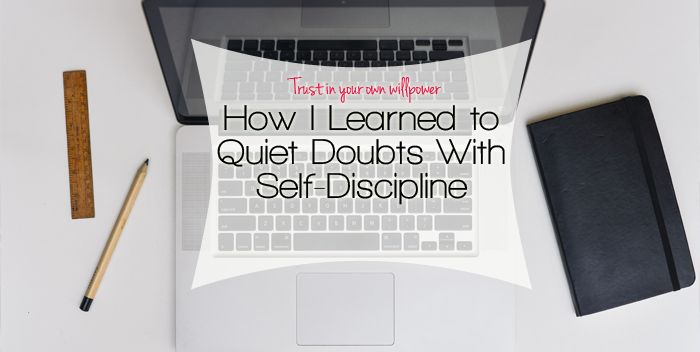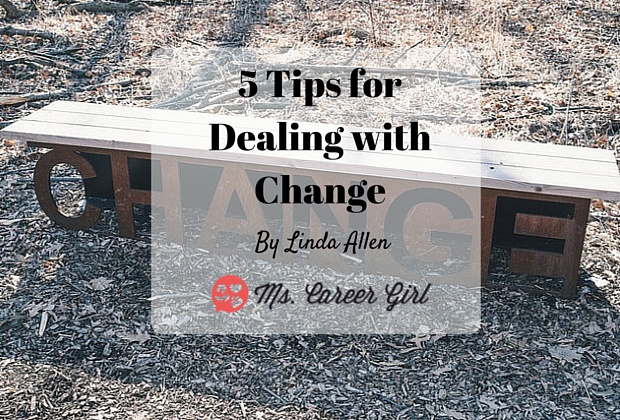Fighting Anxiety With Worry? Yes, Really.

Stress, anxiety, worry. They’re all bad, right? As it turns out, worry, done right, is actually our friend. Yes, it seems to be that pretty much all of us get a PhD in worry about the same time that we leave the protective shelter of our parents homes. After all, there are bills that have to be paid. Then there are the relationships you have to deal with. And finding (and getting . . . and keeping) that job you like. And . . .
I’m sure that all sounds familiar. Hey, there have been moments when I said, “I wish I could just be a selfish jerk who doesn’t care or worry about anything.” But, reality is that I neither want nor am capable of that.
So, what’s the alternative? How about learning to use and manage worry in a whole new way? What if you enlisted worry to be your friend? What if worry could help you be more consciously productive and effective? Here are some simple tips to accomplish that.

Harnessing Worry
According to Reid Wilson, Ph.D., worry is simply an alert mechanism. Like an warning light. But the key is that it’s not a red warning light. You don’t have to panic. When a worry thought comes around, the first response should be to question it. Is it based in reality? Or, is it imagination running amok?
Sometimes, the worry is a legitimate signal that something may be wrong. For example, your child is two hours late coming home. Sometimes, it may be just noise. Noise is what you hear when there’s a bad storm and you’re expecting someone to arrive. They’re not late, you have no valid reason to worry, but the “what ifs” start. What if the road is really bad? What if there’s an accident? There’s no basis in reality, just vague dramatized speculation.
Obviously, worry is a useful tool when it alerts you to a real concern. Your kid is very late, and some basic checking is probably in order. Call their cellphone, or their friend’s house where they were supposed to be. Get facts. In using this logical response behavior, you’re using worry to head off anxiety. If the worry is valid, you’re doing something to resolve the situation. If the worry is just noise, you can label it as such and dismiss it.
To summarize, the key steps are:
- Distinguish between important signals and irrelevant noise
- Take action on valid signals instead of allowing the worry to move into anxiety level
- Dismiss the noise – – pay no attention to useless, unhelpful, and unfounded worry thoughts
Worry is just a signal to do something – solve a real problem. Its ugly brother, anxiety, wants you to dwell on the worry instead of engage in problem solving. Using the above simple technique will keep anxiety in check and all those worry lines off your forehead.
If you have more well-ingrained habit of worry and anxiety, you may want to check out “Stopping The Noise In Your Head,” by Reid Wilson. It’s an in-depth course in dealing with worry and anxiety that will take you on a journey to becoming free of the bonds of anxiety. And even if you’re just a common, everyday worrier, it’ll make handling day-to-day drama a whole lot easier. You can find it here.

Images: Worry Giorgio Montersino Worrying Heroic Journey




